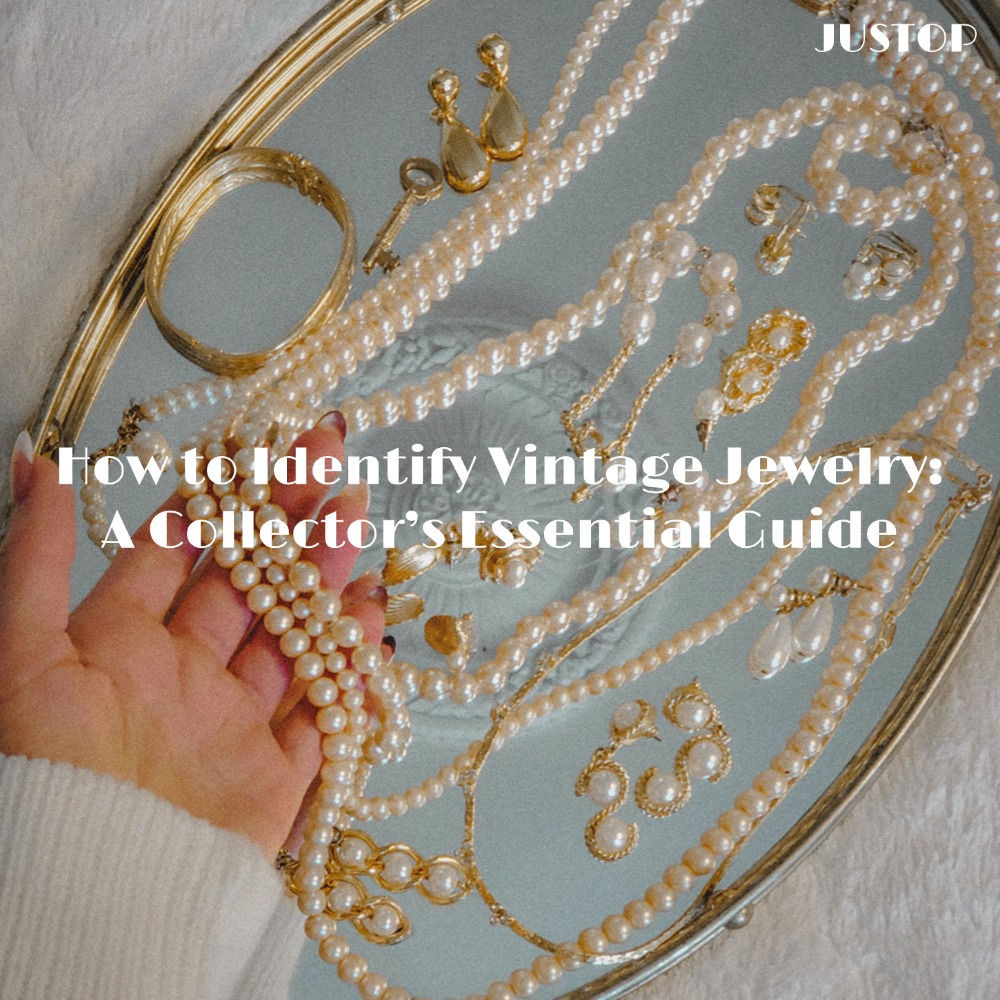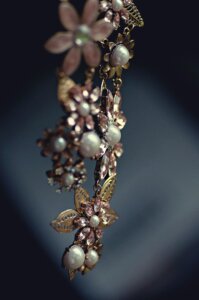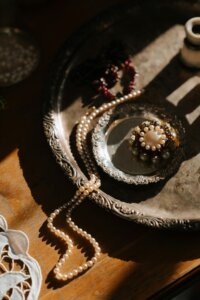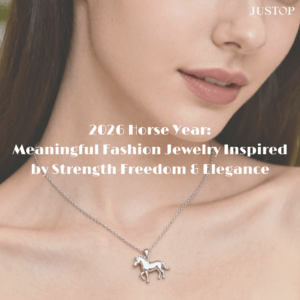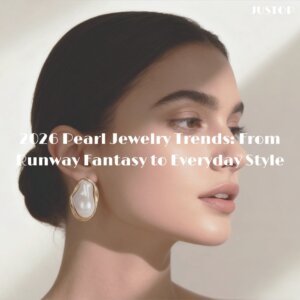For true vintage enthusiasts, recognizing authenticity is as thrilling as finding a hidden gem. Whether you’re drawn to the bold geometry of Art Deco vintage jewelry, the elegance of Retro costume jewelry, or the individuality of Mid century jewelry, the ability to tell real from reproduction is the foundation of smart collecting.
Examine Craftsmanship and Weight
Quality vintage pieces carry substance — both literally and figuratively. Authentic designs, such as gold filled vintage jewelry or sterling silver vintage brooch, feel solid in hand. Their finishes are smooth, with clean edges and carefully set stones. Unlike mass-produced imitations, true vintage jewelry reveals subtle imperfections from hand-finishing — a sign of genuine craftsmanship rather than machine precision.
Look closely at details:
- Prong or bead settings are common in older pieces.
- Hand-soldered joints show minor variation.
- Stones may feature foil backing to enhance brilliance, typical in Rhinestone clip on earrings vintage from the 1950s.
Check Hallmarks and Signatures
A hallmark tells the story of origin and material. Look for clear imprints such as “STERLING” or “1/20 12K GF,” which denote silver and gold filled vintage jewelry. Some European makers used symbols like the eagle’s head for gold or the owl for silver.
Equally important are maker’s marks. Recognizing names like Miriam Haskell jewelry vintage or Trifari helps confirm authenticity. Each brand evolved its stamp design through decades, which aids dating — a small © symbol or a stylized logo can pinpoint the exact era.
Study Style Clues
Every design speaks of its time. Geometric lines and symmetry suggest Art Deco vintage jewelry, while ribbon and bow motifs indicate Hollywood glamour jewelry of the 1940s. Chunky plastics or translucent Lucite signal 1960s experimentation, as seen in Lucite statement necklace designs.
Observing clasp evolution also helps in antique jewelry identification:
- C-clasps (1940s)
- Fold-over clasps (1950s)
- Modern safety catches (1960s onward)
Research and Compare
Learning how to identify vintage jewelry means becoming a detective. Study catalog archives, patent numbers, and collector forums. Compare suspected pieces with verified originals on trusted platforms like Etsy or 1stDibs. When in doubt, ask about provenance or repairs — transparency is key.
Build Your Knowledge, Not Just a Collection
True collectors curate stories, not just accessories. Keep a log of purchases, including materials, hallmarks, and seller info. Store carefully in anti-tarnish fabric, and handle with gloves to preserve finishes.
By mastering antique jewelry identification, every piece you uncover becomes more than decoration — it’s a tangible whisper from history, waiting for you to decode its era, maker, and soul.

